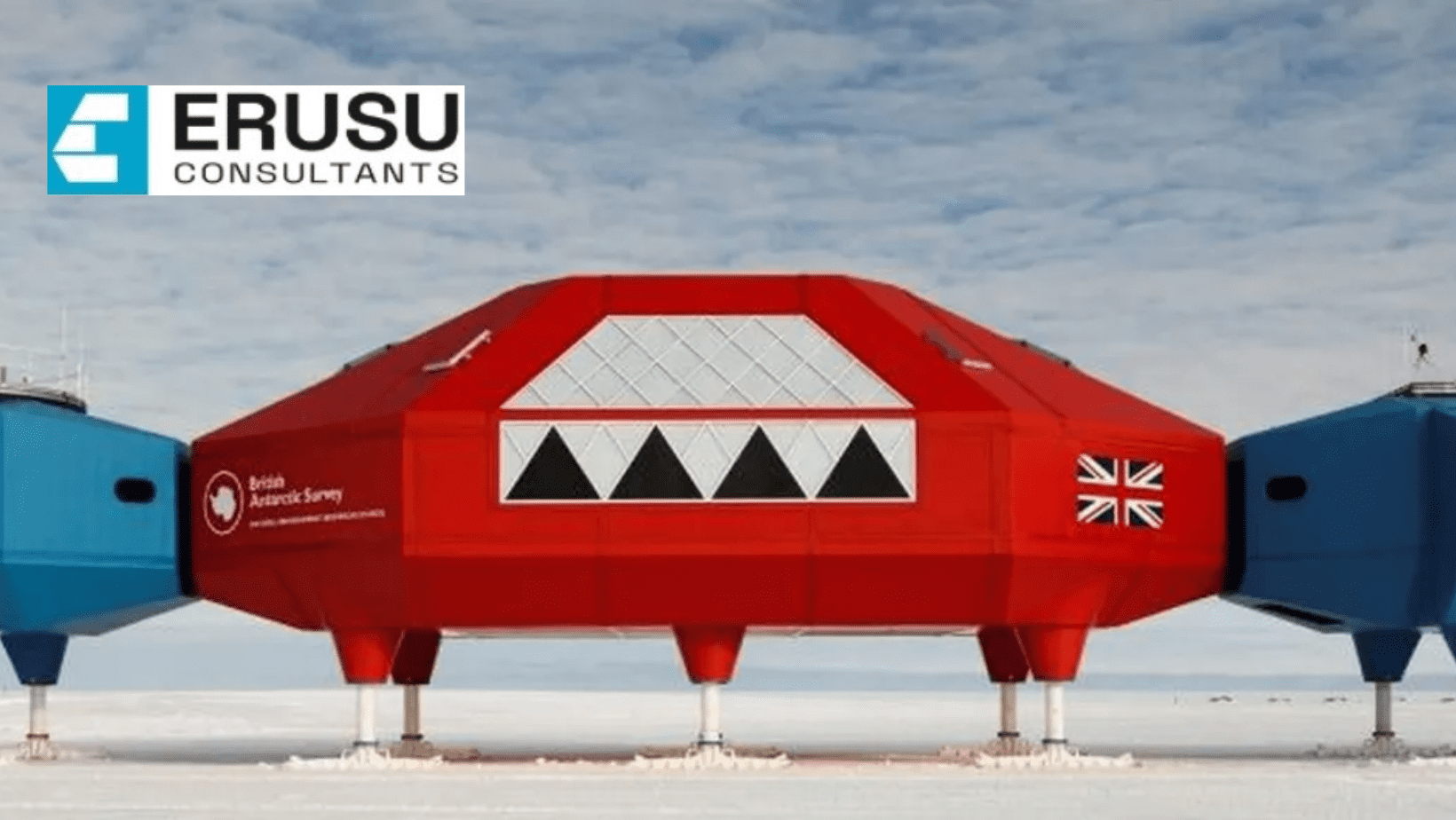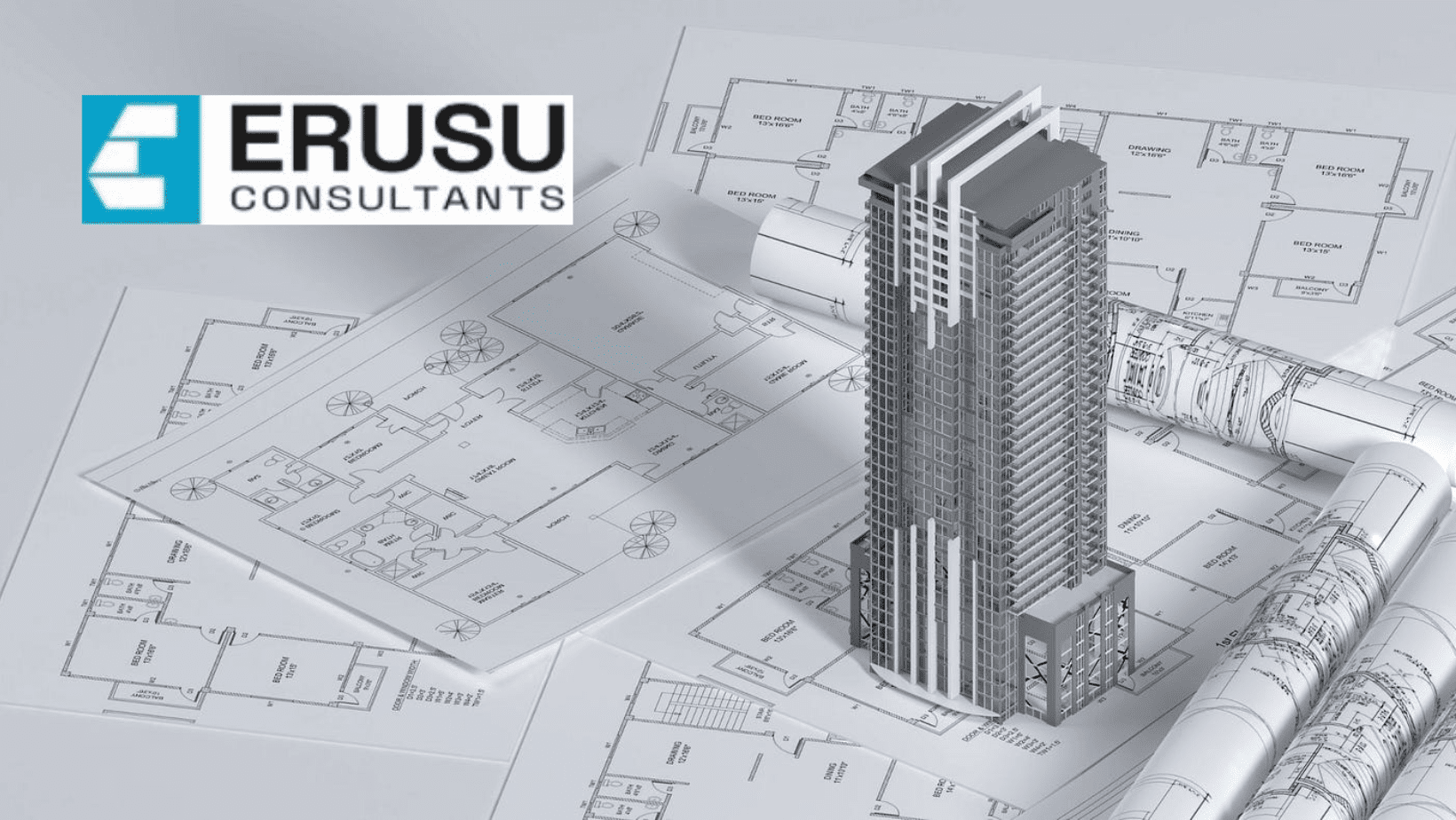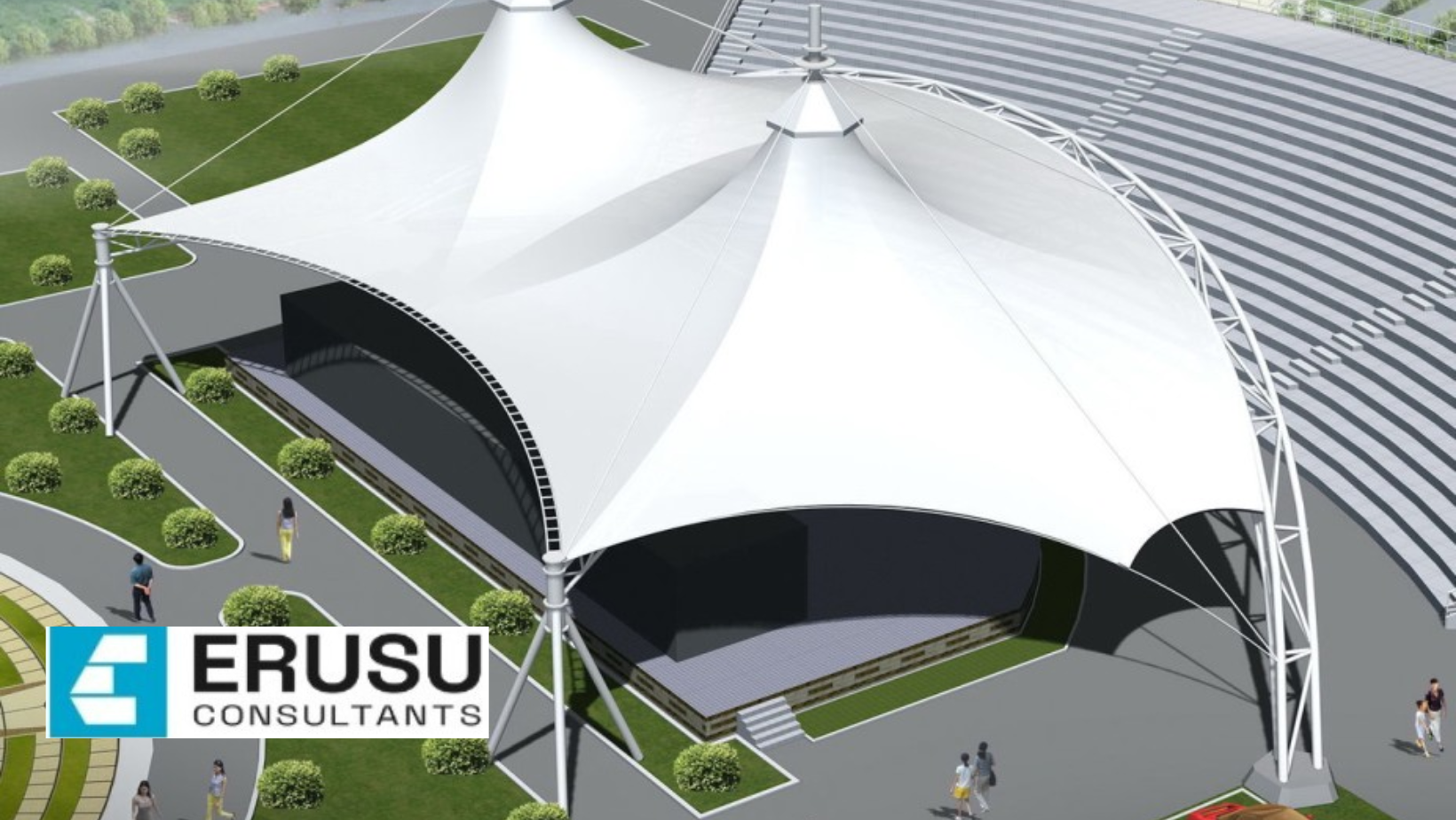In the world of architecture and engineering, certain structures stand out not only for their breathtaking aesthetics but also for the sheer brilliance of their structural design. These iconic landmarks push the boundaries of what’s possible, showcasing the mastery of structural design engineering. Let’s take a closer look at five such marvels: 1. The Eiffel […]
In the dynamic realm of architecture and construction, structural design engineering plays a pivotal role in shaping the built environment. From towering skyscrapers to intricate bridges, the field continually pushes boundaries to create structures that are not only visually stunning but also safe, efficient, and sustainable. In this article, we delve into several case studies […]
Introduction: Structural design is the silent force that shapes the world around us, transforming abstract ideas from blueprints into tangible, functional structures. The journey from conceptualization to realization is a fascinating process that involves precision, innovation, and a deep understanding of engineering principles. The Blueprint Stage: At the heart of every architectural marvel lies a […]
The construction industry is undergoing a transformative shift with the integration of cutting-edge technologies, and one such innovation taking center stage is Virtual Reality (VR). This powerful tool has emerged as a game-changer in construction planning and design, offering architects and engineers immersive experiences that transcend traditional methods. In this article, we explore how leveraging […]
Introduction: In the ever-evolving field of structural engineering, the challenges presented by extreme environments have sparked a wave of innovation and exploration. From the freezing temperatures of polar regions to the scorching heat of deserts and the dynamic forces of hurricane-prone coastlines, engineers are navigating uncharted territories to create structures that can withstand the harshest […]
Introduction Structural design is a crucial element in the success of any business, as it directly impacts the strength, safety, and efficiency of a building or structure. However, the process of structural design can often be complex and overwhelming, especially for those without a strong background in engineering or architecture. In order to simplify the […]
In the ever-evolving landscape of structural engineering, the pursuit of lightweight structures stands as a testament to innovation and efficiency. The quest to create structures that balance strength, durability, and reduced mass presents both challenges and triumphs, shaping the forefront of modern architectural engineering. 1. Overcoming Material Limitations Lightweight structural design often hinges on the […]
Structural design engineeringStructural design engineering stands as the cornerstone of architectural innovation, tasked with ensuring the stability, safety, and resilience of buildings and structures. At its core, this discipline merges scientific principles with artistic vision, weaving together an intricate tapestry of knowledge and methodologies to create enduring structures that withstand the test of time. The […]
Urban planning is a complex process that involves various disciplines working together to create functional and visually appealing cities. One such discipline that plays a crucial role in urban planning is structural design engineering. With its focus on the structural integrity and safety of buildings and infrastructure, structural design engineering ensures that cities are built […]
Structural design is a crucial aspect of civil engineering that involves the analysis and design of structures such as buildings, bridges, and tunnels. The materials used in structural design must be strong, durable, and able to withstand the forces and loads that the structure will be subjected to. In this article, we will explore some […]










